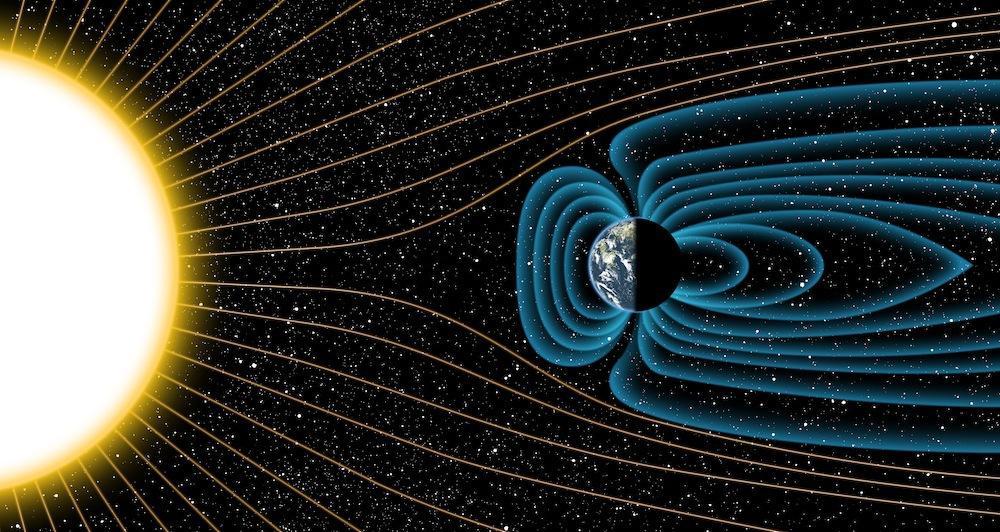The Goddess of Love. The Morning and Evening Star. The star of Wimbledon. Wait, wrong Venus. This mysterious planet has captivated the human race for millennia. The first known mention of the wandering star is from a Babylonian tablet dating to 1600BC. From China to Greece, Venus was an important symbol in the ancient night sky. Most impressive, however, were the Mayan astronomers and their incredible ability to observe, understand, and calculate the synodic period — roughly 584 days — of Venus. Their detailed studies are inscribed in the Dresden Codex which happens to be one of the oldest written texts from the American continents. In the modern era, however, Venus is understood to be an absolute hellscape. An Earth gone awry. With scorching temperatures and skull-crushing air pressure, it’s not the goddess of love. The goddess of despair, perhaps? But while Venus is the little planet that couldn’t, it has presented astronomers with important clues that will guide us on our next two trips aboard The Cosmic Mariner.
First and foremost; Venus is the Coors Light of planets. This makes Earth a nice cold Coors on a warm Oklahoma day. Why? Because Earth and Venus are near sister planets that couldn’t be more different in palatability. On December 15, 1970, the Soviet Union landed a spacecraft on the Venusian surface, albeit at a high rate of speed, for the first time in history. It survived for an astounding 23 minutes. During that time, it was discovered that the surface of Venus is a brisk 880 degrees Fahrenheit and has an atmospheric pressure of over ninety times that of Earth’s. This would be similar to a quick jog at a depth of over 3,000ft below the ocean’s surface and at a temperature beyond the melting point of lead. Spoiler alert; it’s not pleasant. To top all of this off, the devilish planet has no water, numerous volcanoes, sulfuric acid rain, it rotates backward (clockwise), it has little-to-no magnetic field, it has a 96% CO2 atmosphere, and takes 243 Earth days to complete one full day. That’s longer than a Venusian year. So how did Venus end up being the bastard child of our solar system despite being near the fabled “Goldilocks Zone” in which liquid water can exist? Well, coincidentally, the answer to this question not only assists astronomers in searching for habitable exoplanets beyond our cosmic shores but also helps them understand why and how Earth is the magnificent miracle it is.

The first major conundrum facing Venus is the planet’s unfortunate runaway greenhouse gas effect. Despite being the most reflective planet in the solar system due to its thick CO2 cloud cover, the measly 20% of the sunlight that does manage to reach the surface is unable to escape as infrared radiation. This causes the atmosphere to warm in a never-ending cycle that continues to cook the planet. In fact, because of this ludicrously dense atmosphere, Venus is the reigning champion of the “hottest” planet award. After all, it is the “love” goddess. Interestingly, the same heating process exists on Earth as well. Lucky for us, Earth has carbonate rocks, oceans, phytoplankton, and trees that keep the system in check. Without these systems in place, Earth would have a similar atmospheric CO2 content. This is why climatologists are worried about rising ocean temperatures throughout the globe.

The second and most important problem facing this inhospitable world is that it lacks a magnetosphere. Magnetic fields are essentially shields that protect the surfaces of planets and moons from the abundant and extremely deadly cosmic radiation that bombards our planet daily. The most probable reason for this is the incredibly slow rotational speed of Venus combined with the lack of convection, or tectonic movement, within the interior. Without a magnetosphere, like we have on Earth, Venus has no defense against the powerful solar winds that strip the atmosphere of important molecules such as water and oxygen. At one time, when Venus was young and likely had a magnetosphere, it may have been habitable. But as the core cooled and the planet lost its magnetic field, solar winds likely decimated any oceans, lakes, and rivers that existed on this now-defunct world. Earth is lucky enough to have a fast rotational speed and active tectonics that produce a protective magnetic field that encircles the planet. In fact, you can see the radiation that would turn our blue marble into the hellscape of Venus in the arctic and antarctic circles as the stunning aurora. This beautiful light show demonstrates one of the fundamental necessities that allow life to flourish. This brings us to the conclusion of part one of this two-part story.
Venus has taught us two things. One, the presence of a magnetic field is a mere necessity for the existence of a habitable exoplanet to exist with alien potential. And two, that the Earth is a miraculous miracle, or perhaps a simple fluke, in the expanse of the cosmos and that, had our planet cooled too quickly or rotated too slowly, we could have been another hellscape like our sister world, Venus. So next time you look at Venus in the crisp morning air, just remember that the world you’re looking at holds keys to uncovering potential alien homes. Next month, we’ll look at how these keys are being used to open new doorways into the cosmos.
































